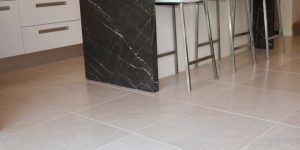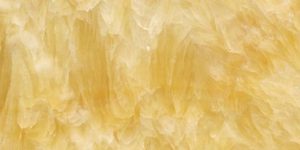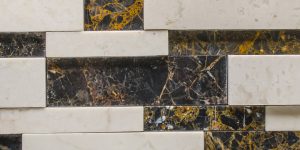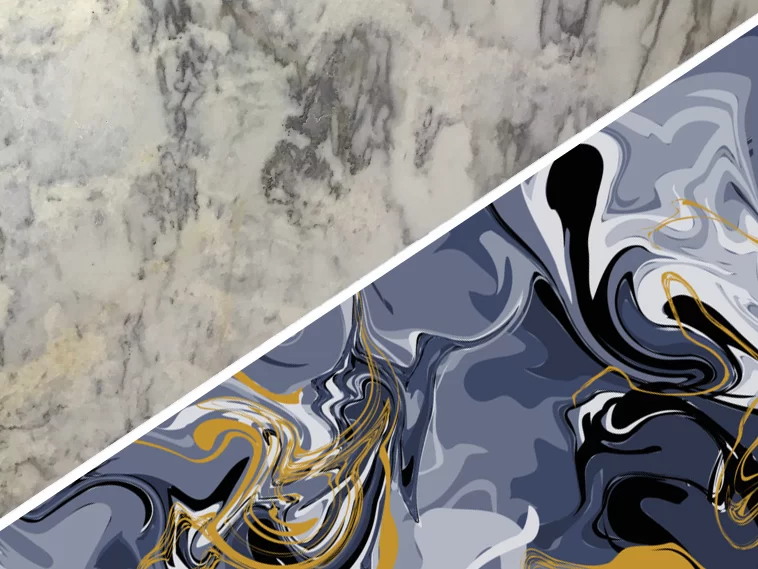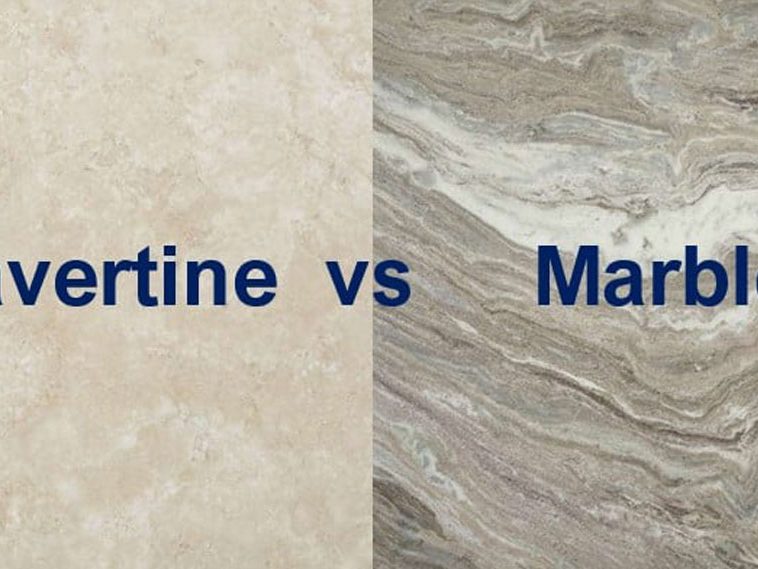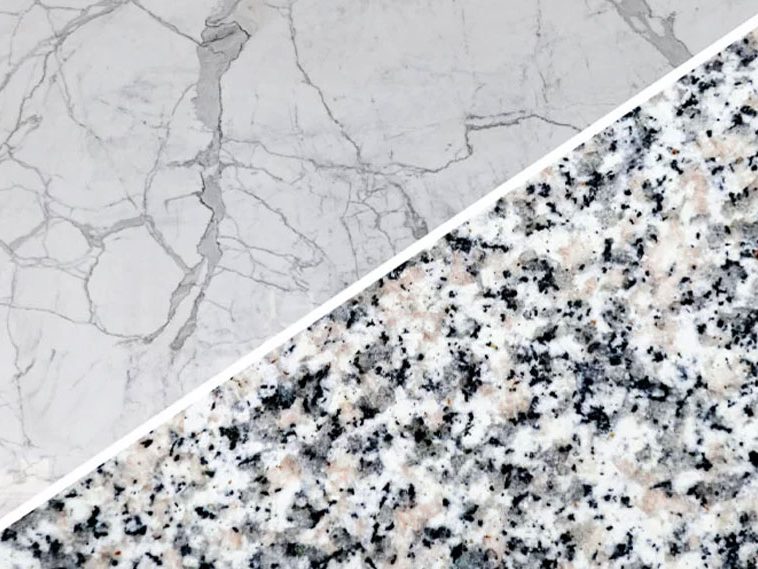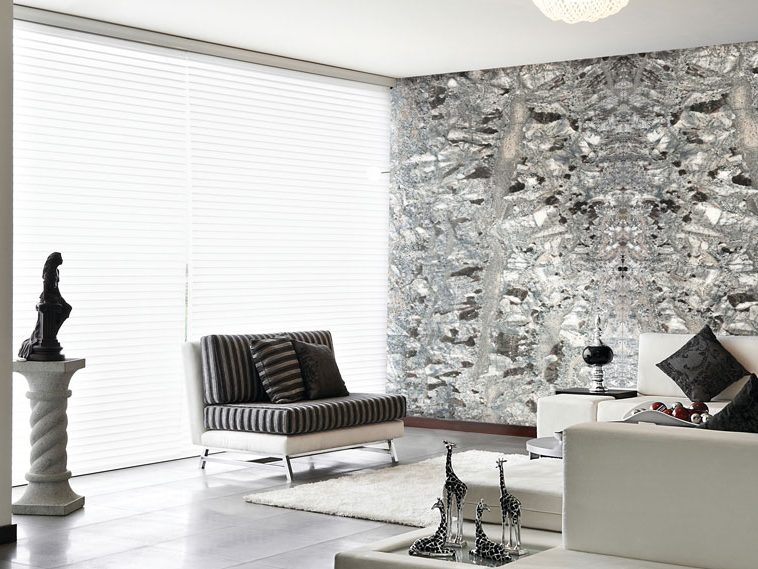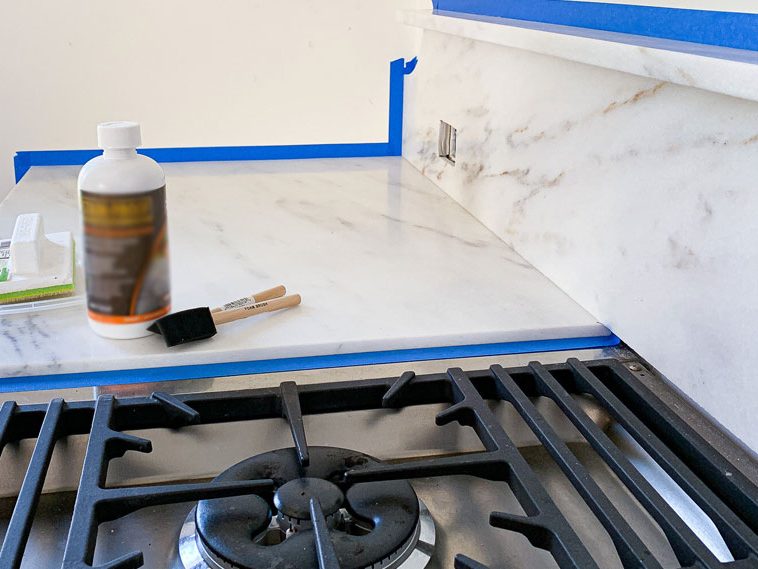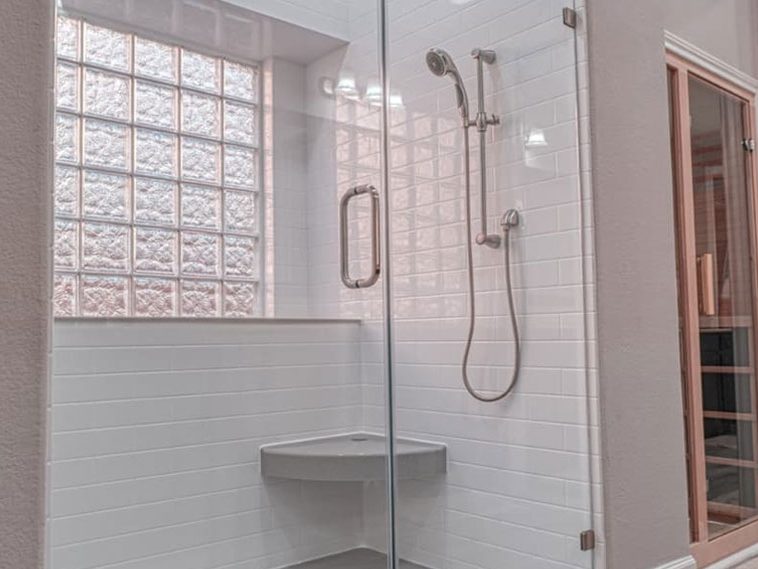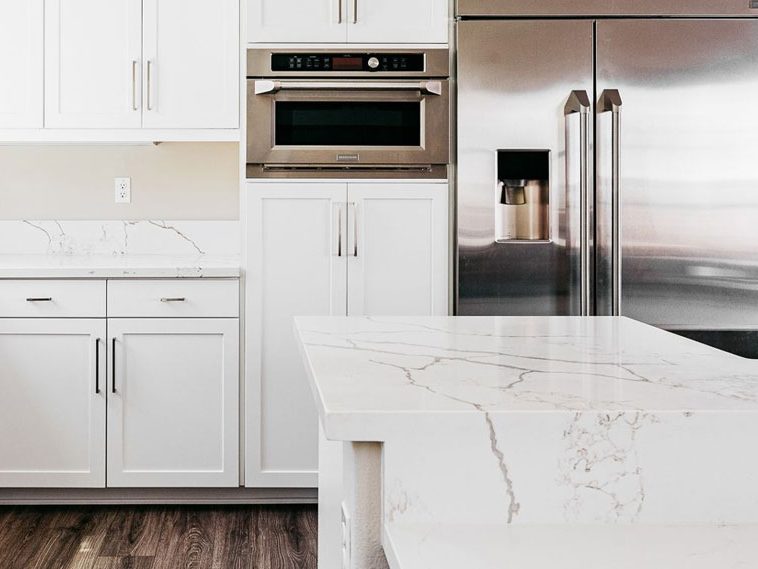Marble Stone
Marble Stone
Marble is a rock resulting from metamorphism of sedimentary carbonate rocks, most commonly limestone or dolomite (rock). Metamorphism causes variable recrystallization of the original carbonate mineral grains. The resulting marble rock is typically composed of an interlocking mosaic of carbonate crystals. Primary sedimentary textures and structures of the original carbonate rock (protolith) have typically been modified or destroyed.
Pure white marble is the result of metamorphism of a very pure (silicate-poor) limestone or dolomite protolith. The characteristic swirls and veins of many colored marble varieties are usually due to various mineral impurities such as clay, silt, sand, iron oxides, or chert which were originally present as grains or layers in the limestone. Green coloration is often due to serpentine resulting from originally magnesium-rich limestone or dolomite with silica impurities. These various impurities have been mobilized and recrystallized by the intense pressure and heat of the metamorphism.
White marble has been prized for its use in sculptures since classical times. This preference has to do with its softness, which made it easier to carve, relative isotropy and homogeneity, and a relative resistance to shattering. Also, the low index of refraction of calcite allows light to penetrate 12.7 to 38 millimeters into the stone before being scattered out, resulting in the characteristic waxy look which brings a lifelike luster to marble sculptures of any kind, which is why many sculptors preferred and still prefer marble for sculpting.

Iran is one of the rich sources of decorative stones and architectural materials due to its various building stones. In the field of marble, Iran is one of the largest exporters of this stone in the world. The quality of Iranian marble is high and this has caused it to be of special importance in the global markets for stone and construction materials.
Marble is one of the stones that must be formed in certain conditions. The volume of the upper masses should be such that it transforms at the lower levels. In addition, tectonic factors such as folding have little effect on it.
Therefore, formations of this genus and in these tectonic conditions can be found in parts of our country such as Khorasan. The marbles that exist in this area are exactly in line with the conditions for creating quality marble. On the other hand, the colors and designs they have created have made it more beautiful as a building stone.
The marbles found in Iran have special properties that have caused more attention to them. We examine some of these features.
Low porosity: One of the factors that cause high quality building and decorative stones is their low porosity and permeability. These factors increase the penetration of moisture into the rock. Hence, the stone wears out quickly and becomes discolored. Iranian marbles have low porosity and this is one of the distinguishing features of marble.
High strength: Although the primary rock from which marble is formed is limestone; But Iranian marble is in a good state of transformation. Metamorphosis of the rock makes it stronger and increases the hardness.
– Design and color: If you examine the types of Iranian marbles, you will see various and beautiful colors and designs that have made this stone suitable for various construction applications.

Marble has long been a symbol of luxury and precious life. But despite its appearance, it is one of the cheapest decorative stones that is used to decorate and beautify buildings.
The wide range of marbles in design and color has caused architects with different tastes to have a wide choice. But before choosing the right marble for your home, workplace or any other space, it is better to get acquainted with the advantages and disadvantages of these stones.
Due to the conditions that Iranian marble has, it has been able to capture the pulse of the global market and be known as a quality construction product.
Iranian marble quarries are located in different cities and each has been formed under specific conditions. This factor has caused them to have different types. Some types of Iranian marbles include the following.
– Harsin marble (beige): This stone is created by recrystallization of limestone. Harsin has high strength, beauty and resistance to environmental factors such as erosion and fire. That is why it is one of the most valuable marble stones. Harsin has a clear and shiny color and its special beauty is noteworthy.
– Kashmar marble (white): Kashmar marble is extracted from Kashmar quarry in Khorasan Razavi province. Their special white color has made them one of the best options for flooring.
– Khoy marble (white): Khoy marble is also one of the most famous stones in our country. Its color is also cream to white. The texture is compact and durable, making it highly resistant.
– Kashan Marble (Golden Black): As the name implies, it has a black background. The presence of iron, chromite and manganese in its structure has caused its dark color. There are also white or golden streaks in it, which indicate that the seams of the rock are filled with veins of other minerals.
Yazd and Jargaviyeh marble (Pertavousi): When the pressures of the upper layers are applied to the lower sedimentary layers in a multifaceted and wavy manner, the veins in the stone will be curved and patterned. This type of marble is beige and olive in color. Reasonable price and beautiful color and design have also caused it to have many customers.
Bajestan marble (red): This stone has a reddish pink color and is extracted from sources located in Bajestan city of Khorasan Razavi province. Pink halos are clearly visible on the surface of this rock and each of the quarries of this rock has a different color and texture.
The Difference Between Granite And Marble
Bajestan marble should not be used in exterior facades, because it fades in the sun.
– Lashtar marble (black): Lashtar marble quarries are located in 35 km of Isfahan, Lashtar region and its annual extraction capacity is about 360,000 tons. This stone has a dazzling black or gray color and is therefore world famous.
Its gray color is very similar to Italian pietra gray marble. This stone is used in various places such as paving, stairs, interior facade and exterior facade.
– Khobsangan marble (cream): The quarries of this stone are located in Khor and Biabank area of Nain city of Isfahan province. In this stone, irregular red and brown lines are spread on the background of the stone worm, creating an image similar to an ECG. This stone is used in stairs, paving of residential and office complexes.
– Abadeh marble (cream-pink): Abadeh marble is extracted from quarries located in Abarkooh city of Yazd province. According to the factory, it is found in cream and pink colors, with and without waves.
This rock is formed from the composition of calcareous sediments with granite millions of years ago and fossils can be seen in it. Abadeh marble is used in the body and floor of stairs and residential spaces.
Natural stones are found in green, gray, white, beige, pink, etc .; But if we look at the stones in terms of appearance, marbles are the most obvious stones that can be easily identified with smooth surfaces and amazing veins.
The natural and stunning appearance of each of these stones is one of the most important reasons for their popularity. In fact, the natural colors and patterns of the marble surface cause extensive changes in the kitchen space, floors, living room, bathroom, countertop, etc.
Existence of delicate streaks in the color background gives a very beautiful, attractive and modern effect to your home space.
The attractive appearance of marble never gets old. The charm of marble is timeless. Therefore, these stones always make the space more valuable than it is.
These delicate and shiny stones are the best choice for living spaces. Not only home environments, but also office spaces and conference and meeting rooms can be designed with these stones in the most beautiful way possible; Spaces that are a kind of brand and job identity of people.
At first glance, the beautiful appearance of these stones may seem very luxurious and expensive, but in disbelief we must say that many types of marble can be purchased at a lower price than other decorative stones.





